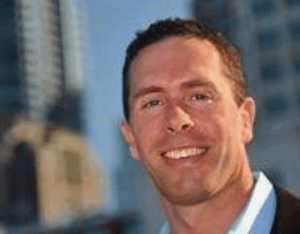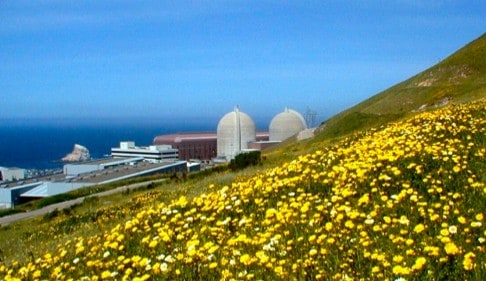Nucleation Capital’s Earth Day in Atherton
Nuclear energy has been making more frequent appearances at Earth Day events around the country. Groups like Generation Atomic, Mothers for Nuclear, Climate Coalition and Young Generation in Nuclear have been actively attending Earth Day events for a number of years. On Saturday, April 23, Nucleation Capital participated in the Earth Day celebration hosted by…


